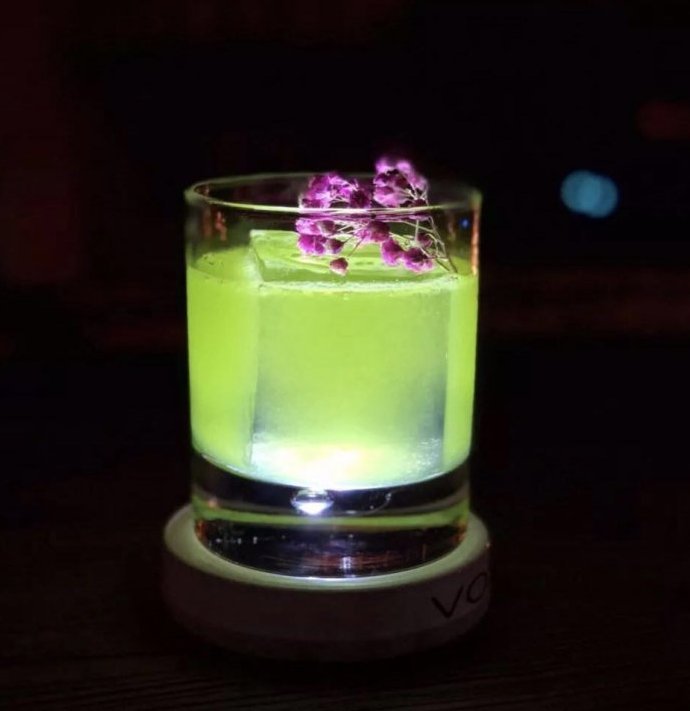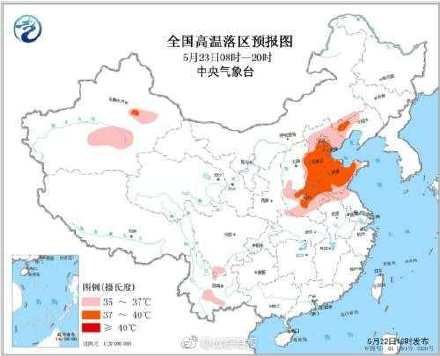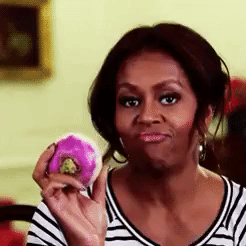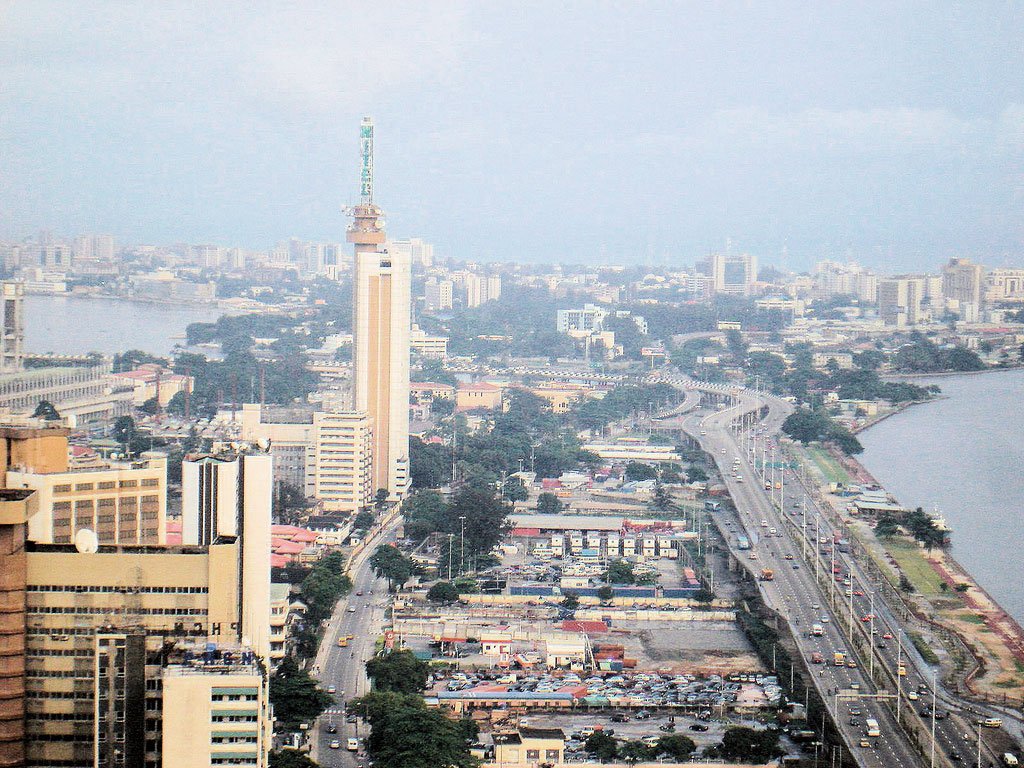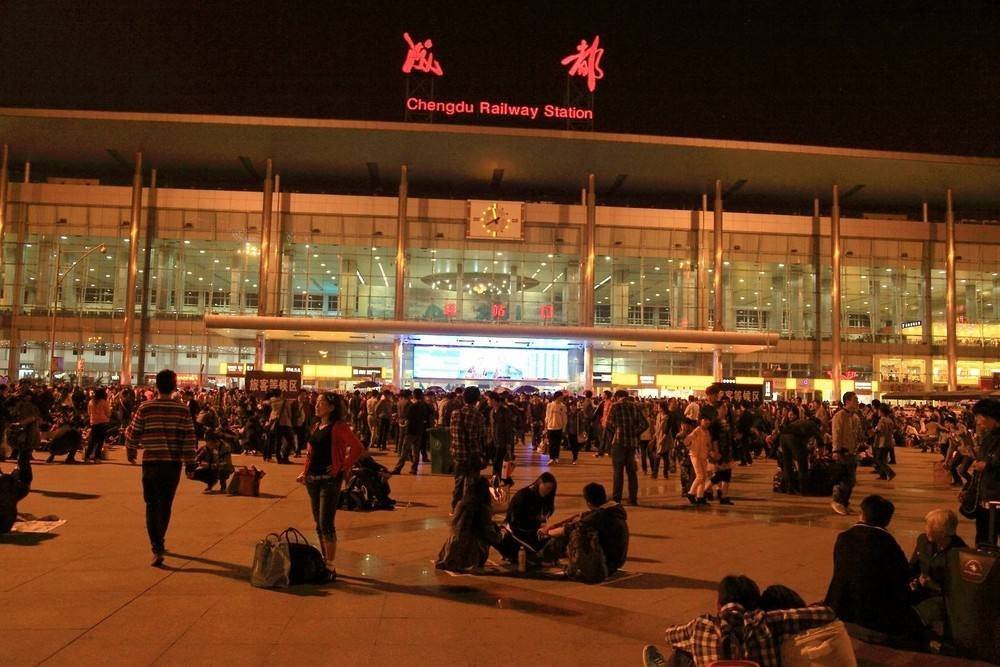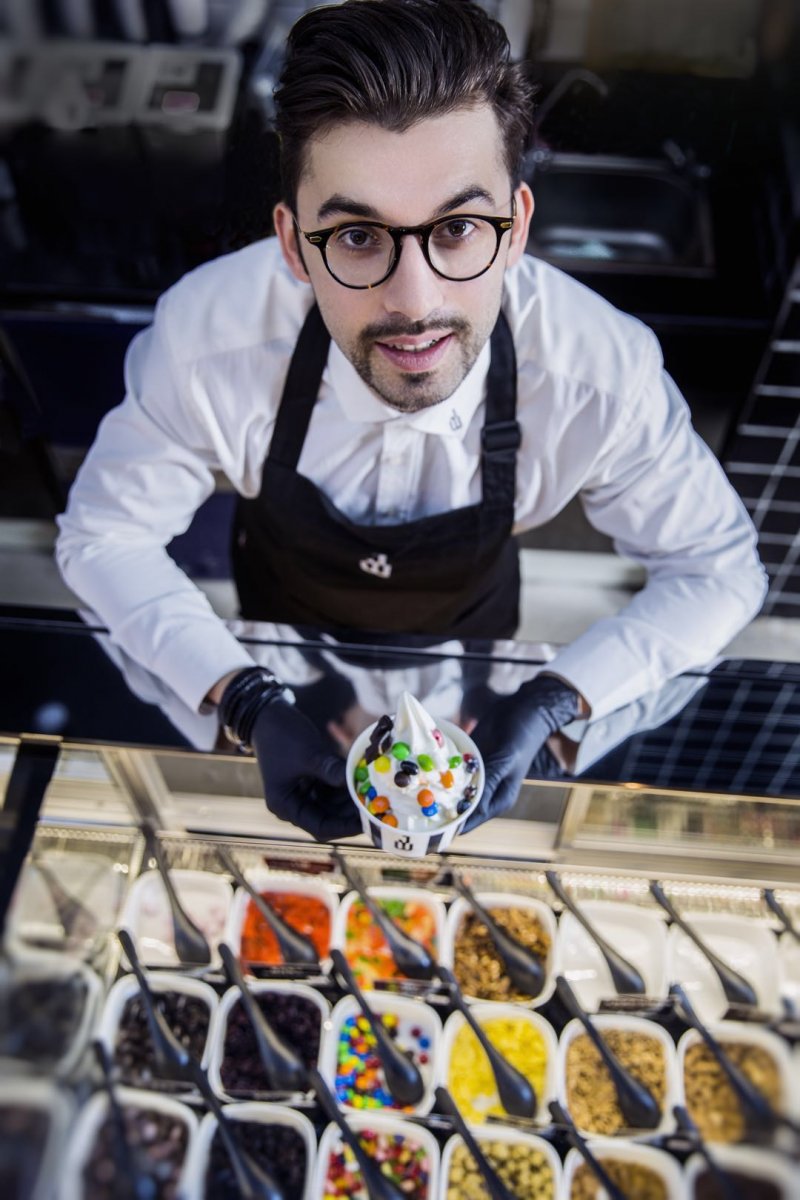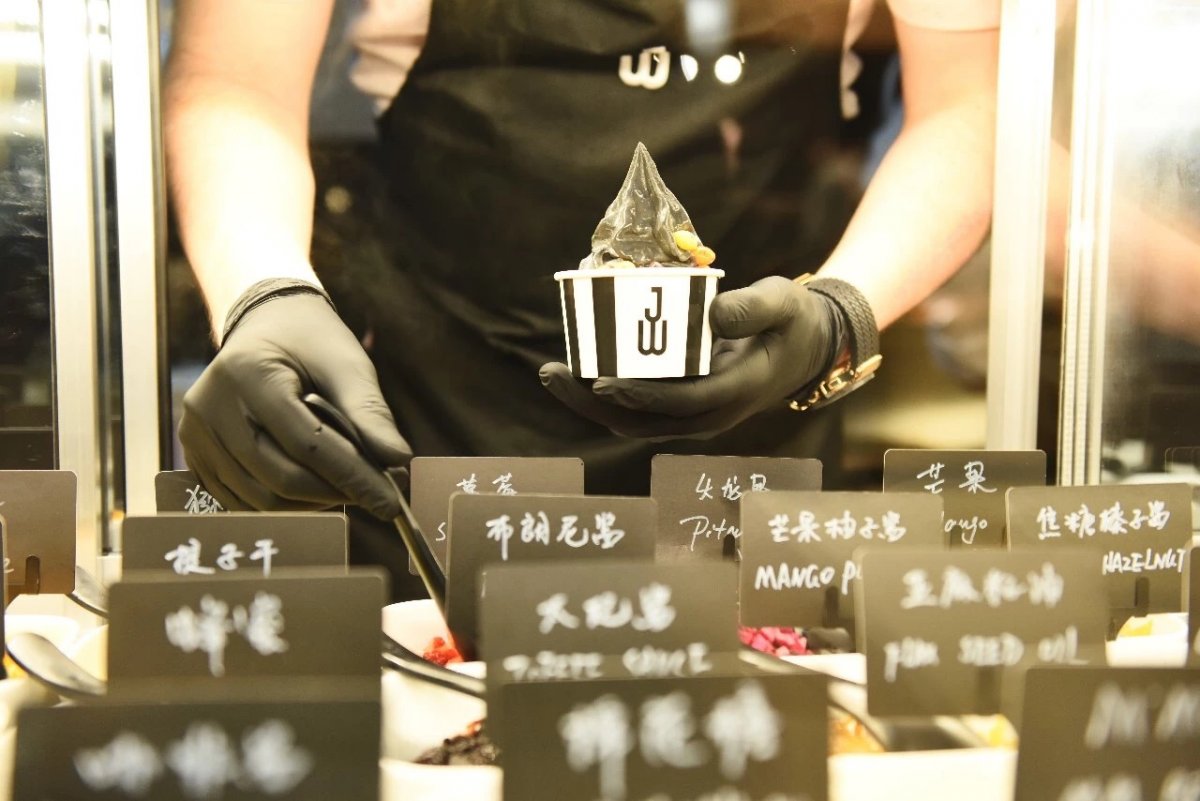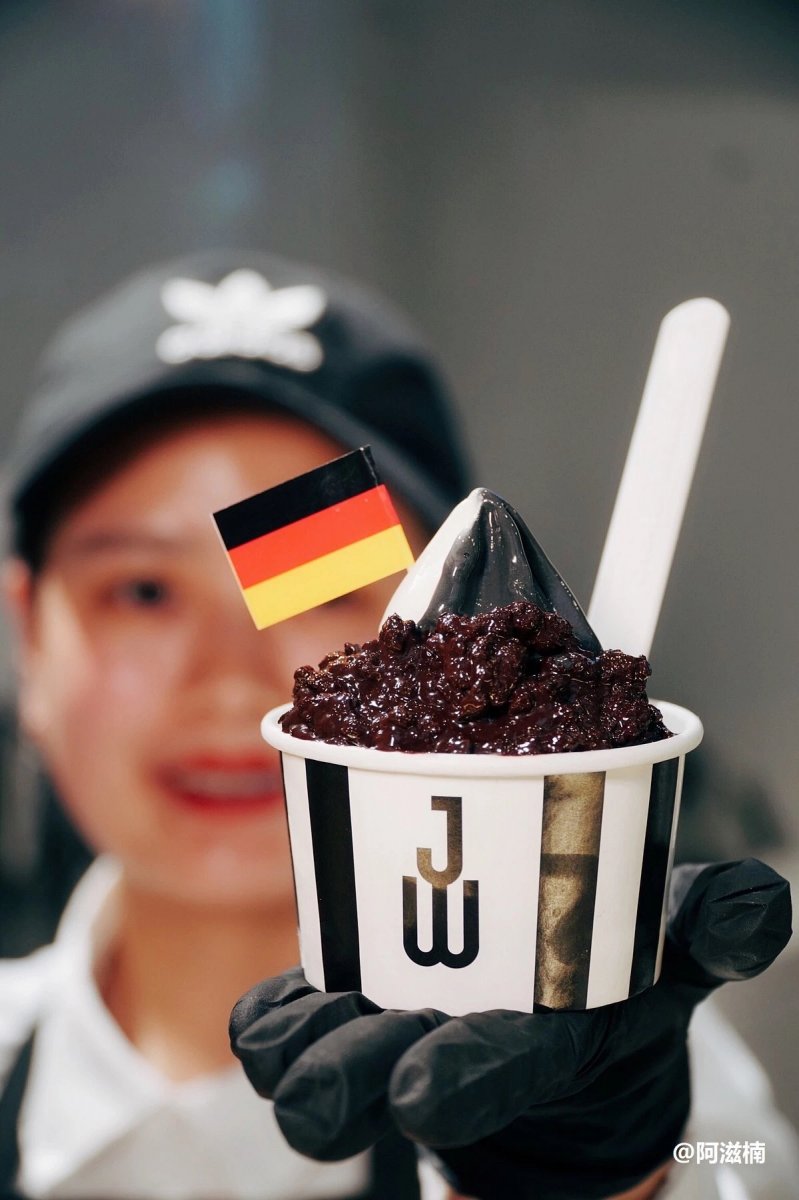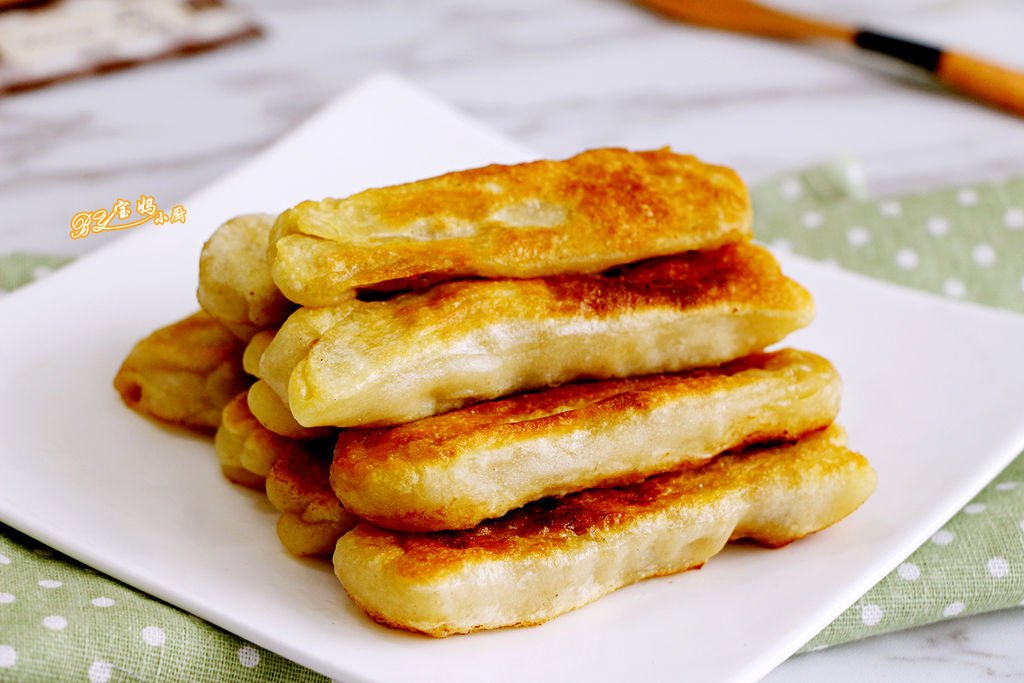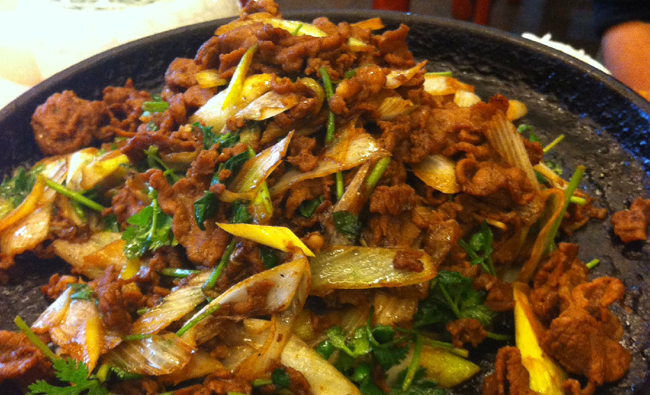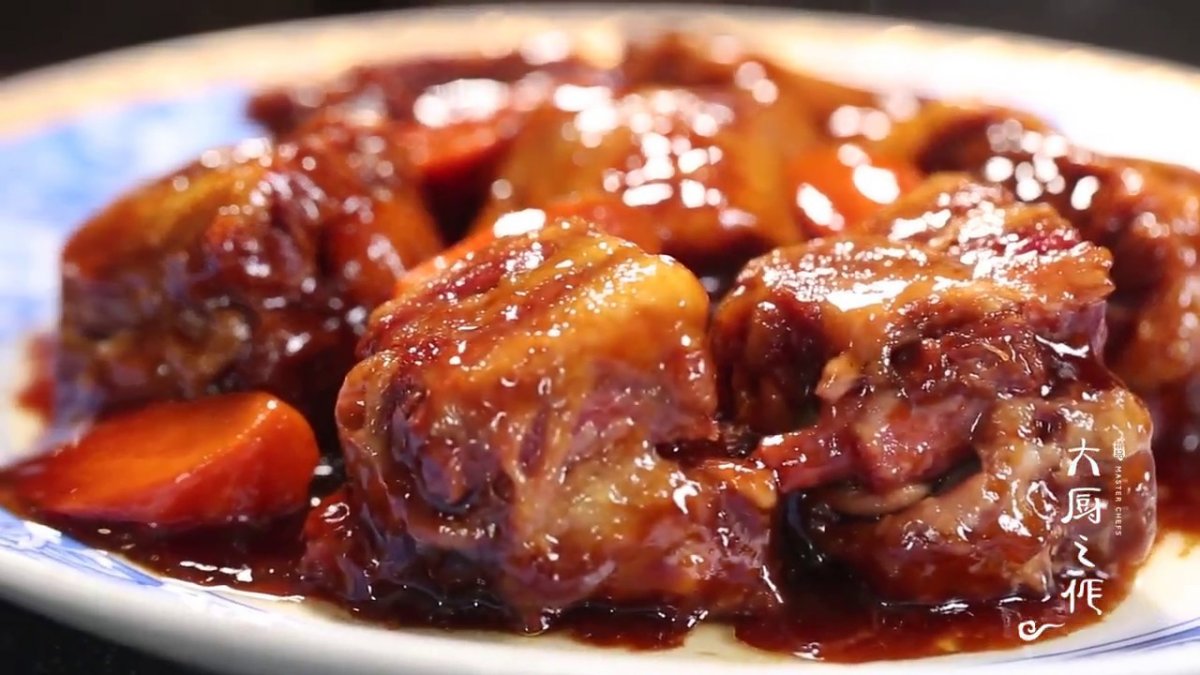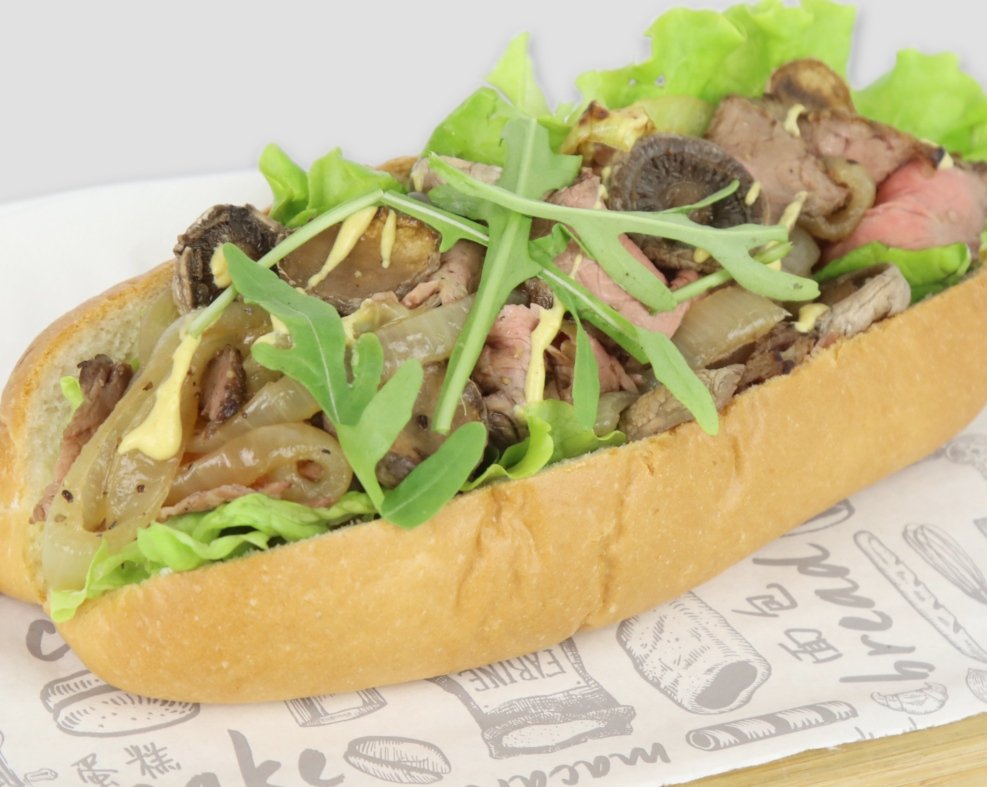This post comes courtesy of UnTour Food Tours, who have been taking guests off the beaten path to eat shoulder-to-shoulder with locals since 2010.
During the eight centuries since Beijing was first established as China’s capital, the city’s history has been interwoven with stories of the rise and fall of emperors, dynasties, movements and great houses. While many of these stories from the imperial age were concluded long ago, a few great houses of commerce, craftsmanship, and cuisine remain alive as reminders of Beijing’s dynastic past. Known as 老字号 lǎozìhao, or time-honored brands, these houses are celebrated as part of Beijing’s living history and purveyors of the best Beijing has to offer.
While the title of time-honored brands can be bestowed on any traditionally celebrated product, service, company or brand, the best known of these time-honored brands are the restaurants that have survived, some for hundreds of years, despite the pressures of Beijing’s rapid modernization. Below, we offer our top five (in no particular order) time-honored restaurants for visitors and expats alike. While we’ve placed quality and flavor as our number one criteria, we’ve also ensured Beijing’s three main cuisines (Shandong, Hui, and Imperial) are represented, and also ensured none on our list of Beijing’s top five time-honored restaurants are too far outside central Beijing. We’ve also excluded laozihao specializing in Peking duck. If you’re looking for duck, check this blog instead.
![Typical Dalian huoshao, which you can try at Tong He Ju]()
Tonghe Ju 同和局
Our other top pick for Shandong-style Beijing cuisine is Tonghe Ju, established in 1822. Nestled on the western shore of Shichahai Lake, this restaurant serves some of the best renditions of the kind of dishes you could expect to see served in the homes of Beijing locals. We like the wok-fried shredded pork with sweet and salty fermented sauce and served with thin sheets of tofu for wrapping (京酱肉丝 jīngjiàngròusī); Fried bamboo shoots and meatballs with dipping spices (干炸两样 gānzháliǎngyàng), and Dalian huoshao (褡裢火烧 dālián huǒshāo), long, fried dumplings resembling a combination of dumpling and spring roll.
Tonghe Ju’s lake views and rooftop tables make it a great option for summer dining, however, cold winters and unpredictable local policies mean alfresco dining is never guaranteed. Whether the rooftop is open or not, this restaurant remains one of our favorites and is well worth a visit.
Bldg B, 71 Yueyun Nanjie, Sanlihe Xicheng District
西城区三里河月云南街乙71号
![A serving of fried pork balls at Dong Xing Lou]()
Beijing’s status as the imperial capital has seen its cuisine influenced by culinary traditions from all over China. During the Yuan, Ming, and Qing dynasties, chefs from throughout the country were given places in Beijing’s palace kitchens, where they pitted their own regional dishes against those of others to gain the favor of royalty, aristocrats and courtiers. While these chefs were busy vying for the favor of the privileged few, however, thousands of chefs from Shandong Province on China’s east coast were moving to the capital to establish restaurants catering to Beijing’s working masses.
Over subsequent centuries, mass appeal triumphed over imperial favor, winning Shandong cuisine prime position in the hearts and stomachs of Beijing’s people, and securing its role as the backbone of Beijing cuisine. Many of these centuries-old Shandong-style Beijing dishes are still being served in restaurants across the city, with restaurants old and new either drawing influence from Shandong cuisine or specializing in the cuisine itself. One of the best-known of such specialists is Dongxing Lou, established in 1902 and located in Beijing’s most famous eating precinct, Ghost Street.
Shandong cuisine is famed for its stewed and braised dishes, its bold flavors and its tendency toward sweetness and saltiness. Three dishes that showcase these features and the mastery of Dongxing Lou’s chefs are the deep fried pork meatballs (新干炸小丸子 xīn gàn zhà xiǎo wánzi), with a selection of dipping spices; cold sliced pork elbow with traditional Beijing bean-flour rolls and mandarin pancakes (北京咯吱配肘花 běijīng gēzhī pèi zhǒu huā), and diced boneless chicken fried with sweet flour paste (酱爆鸡丁 jiàng bào jī dīng).
5 Dongzhimennei Dajie, Dongcheng District
东城区东城区东直门内大街5号
![Assorted pastries from Fangshan]()
Fangshan’s story begins in 1925, just 14 years after the fall of the Qing dynasty. After China’s last emperor had stepped down to make way for the first republic, eight former palace chefs pooled their resources to establish a tea house on the north shore of Beihai Lake. Their aim was to continue the culinary traditions of imperial cuisine – the dishes and menus served for centuries within Beijing’s palaces. Fangshan still continues to uphold those culinary traditions, with many recipes remaining unaltered to the present day.
Imperial cuisine is known for its light, fresh, often sweet flavors, and its playful presentation, making it a great option for a Beijing-style brunch. We recommend the sesame pastries (圆梦烧饼 yuánmèng shāobǐng); delicate pastries are served with lightly spiced minced pork for you to stuff inside as well as the walnut-shaped pastries made from walnut flour (核桃酥 hétáo sū); and the 驴打滚lǘ dǎgǔn, literally "rolling donkey," chewy sesame and osmanthus flavored pastries made from soybean flour. Those with curious palates will find Beijing’s traditional sweets and pastries served in their highest form at this elegant lakeside teahouse, however, a word to the wise traveler: pay close attention to prices on this menu as while most items are inexpensive, some can soar to over USD 200 per plate.
1 Wenjin Jie (inside Beihai Park, enter via the east gate), Xicheng District
西城区文津街1号北海公园东门内
![Roast beef, one of the signature dishes at Kaorou Wan]()
Camel trains and Silk Road traders have been visiting Beijing for much of the city’s history, bringing with them commodities, culture, and religion for over a thousand years. With Beijing’s first mosque established in 996 AD, and the Muslim Hui ethnicity constituting Beijing’s largest minority, it’s small wonder that Halal cuisine has had the second largest influence on the cuisine of Beijing (after Shandong cuisine, see Dongxing Lou above).
Today’s Beijing has thousands of Halal restaurants, serving cuisines from along the Silk Road, as well as local Beijing Hui cuisine. One of Beijing’s oldest surviving Hui restaurants, Kaorou Wan, is located just south of the Lama Temple on Yonghegong Dajie. Specializing in hotplate-barbequed meats, Kaorou Wan was established in 1686 and is famed for serving meats ‘as tender as tofu.’ The restaurant’s chefs are known for their knife skills, cutting beef and mutton in the shape of willow leaves, using the ratio of 300 slices per kilogram as their standard. Sliced meats are then marinated in soy sauce, vinegar, ginger, cooking wine, leeks, and cilantro before being roasted on the restaurant’s circular hotplates. Kaorou Wan is definitely a restaurant for meat lovers, and we recommend trying both the barbecued beef slices (烤牛肉 kǎo niúròu) and the barbecued mutton slices (烤精品羊肉 kǎo jīngpǐn yángròu), as well as the mutton slices stir-fried in a sweet and savory sauce (它似蜜 tā shì mì).
32B Zizhuyuan Lu, Haidian District
海淀区紫竹院路乙32号
![Soy-braised oxtail, a standout dish at Hongbin Lou]()
Finally, another outstanding purveyor of Hui-style halal cuisine is Hongbin Lou. Established in neighboring Tianjin in 1853, Hongbin Lou moved to Beijing in 1955 and was quickly proclaimed the capital’s "number one halal restaurant." Hongbin Lou takes a more refined approach to Hui cuisine than other restaurants, with an emphasis on subtle, balanced flavors, and appealing presentation. Stand-out dishes include the soy-braised oxtail (红烧牛尾 hóngshāo niúwěi), zhāopái dòufu (招牌豆腐 well-seasoned, crumbly tofu served with fresh herbs), and fresh ginseng and walnut salad (鲜田七桃仁 xiān tián qī táorén).
11 Zhanlanguan Lu (at the intersection of Baiwanzhuang), Xicheng District
西城区展览馆11号(百万庄路口)
This article originally appeared on UnTour Food Tours' official WeChat account (ID: UnTourFoodTours). Join UnTour in Beijing, Shanghai, Chengdu, and Hong Kong to discover China's delicious food, explore authentic neighborhoods and learn the fascinating stories that make up 5,000 years of culinary history.
READ: Never See the Underside of a Table Again With These Tips on How to Drink Baijiu
Images: Pixabay, Dianping, the Beijinger, courtesy of UnTours, DuoGuo, YouTube

